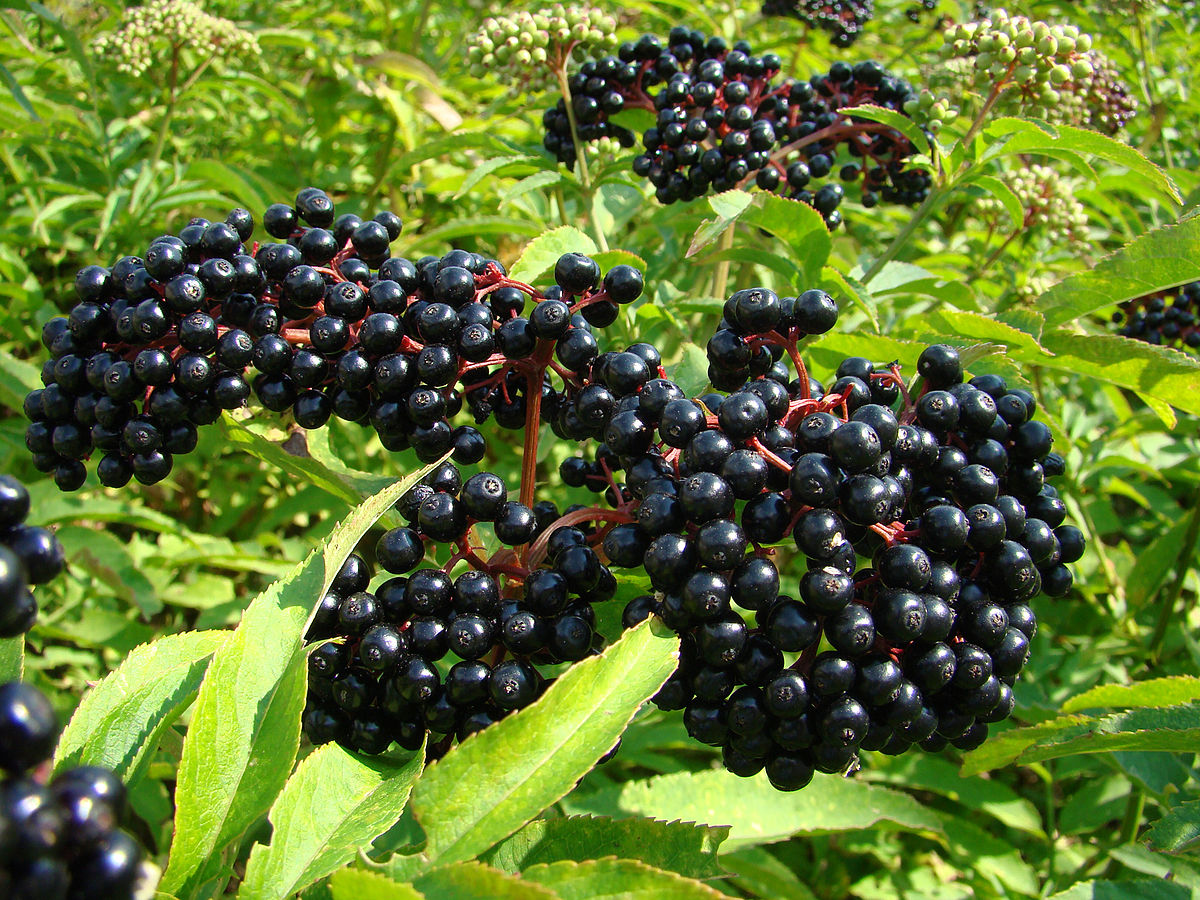Sambucus Nigra: The Elderberry Plant
The Sambucus nigra, commonly known as the elderberry plant, is a versatile species with a rich history of use in traditional medicine, culinary arts, and landscaping. This shrub or small tree is native to Europe and North Africa but has been naturalized in many temperate regions worldwide. Its distinctive clusters of small, dark berries and delicate, lacy flowers have made it a popular choice for gardens and herbal remedies.

Habit: Sambucus nigra typically grows as a deciduous shrub or small tree, reaching heights of 20 to 30 feet (6 to 9 meters). Its branches are slender and spreading, often forming a dense, rounded canopy.

Elderberry has been used in traditional medicine for centuries to treat a variety of ailments. Some of the most common medicinal applications include:
Cold and flu: Elderberry extract has been shown to reduce the duration and severity of cold and flu symptoms, including fever, aches, and congestion.

In addition to its medicinal properties, elderberry is also a valuable culinary ingredient. The berries can be used to make jams, jellies, syrups, wines, and pies. They can also be added to baked goods, such as muffins and bread.
Elderberry plants are popular ornamental shrubs and trees. They are relatively low-maintenance and can be grown in a variety of soil conditions. The plants provide a source of nectar and pollen for pollinators, including bees and butterflies.
The Sambucus nigra is a versatile plant with a long history of use in traditional medicine, culinary arts, and landscaping. Its medicinal properties, culinary applications, and ornamental value make it a valuable addition to any garden or herbal collection.
1. Are elderberry berries poisonous?
2. How do you know when elderberry berries are ripe?
3. Can elderberry be grown in containers?
4. Is elderberry safe for pregnant women?
5. Where can I buy elderberry products?